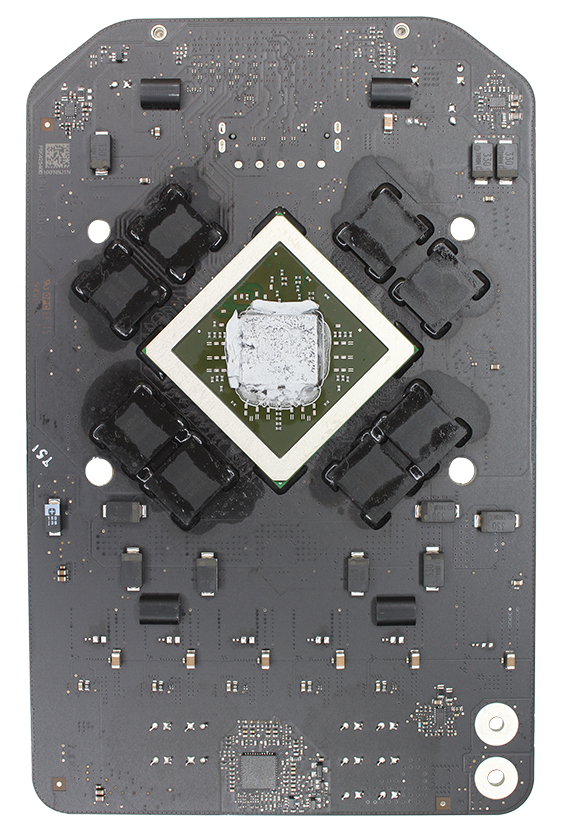

Redesigned from the ground up, it's now much smaller and lighter, with a space-age cylindrical shape, an overhauled cooling system that's significantly quieter and a spec sheet that includes standard dual GPUs, PCIe SSDs, 802.11ac WiFi, up to 64GB of RAM and the latest Intel Xeon processors, once again going up to 12 cores. Finally, though, Apple released an updated version, and it addresses a little more than just the wireless card and I/O options. As of summer 2012, it was missing Apple's own Thunderbolt ports, not to mention 802.11n WiFi. It also had 32GB of DDR3 RAM, a 512GB PCI Express SSD with a claimed throughput of 1GB/sec and a pair of AMD FirePro D700 GPUs.It would be an understatement to say that Apple's Mac Pro workstation was getting a little long in the tooth. Our review unit came with a 12-core 2.7GHz Intel Xeon E5-2697 v2 CPU (complete with HyperThreading, Turbo Boost capability up to 3.5GHz, 30MB of 元 cache and a QPI of 8GT/sec). Nonetheless, the sheer amount of power it’s possible to pack into it remains impressive. The hardware inside the Mac Pro is, inevitably, a touch less exotic than the exterior design. This sucks air in from outside, pushes it across the surface of the heatsink and vents it out of the hole you see on top of the Mac Pro. Apple calls this the “thermal core”, and it requires only a single fan to keep things cool it’s mounted at the bottom of the heatsink. In the Mac Pro, the main heat-generating parts – the CPU and graphics cards – are attached to a single, Toblerone-shaped heatsink that runs up the centre of the tubular chassis, with one component to each side. In a high-end workstation, it is usual for there to be a fair amount of heat to expel, which entails multiple fans to cool the power supply, to draw air into the box, cool the graphics cards and CPU, and further fans to pump the hot air back out of the box again, which often results in lots of noise. However, while shrinking everything down, Apple has also seen fit to redesign the traditional cooling system.

You might think that squeezing a clutch of powerful components into such a small chassis (it really is compact, rising a mere 251mm from the desk and measuring 167mm in diameter) would be a recipe for disaster. Instead of everything sprouting from a single, monolithic motherboard, Apple has opted for a modular approach, with each major component mounted on a separate board. The Mac Pro is certainly eye-catching, but what’s really clever about the design of the Mac Pro is the way Apple has deconstructed the traditional desktop design. It reveals a suitably exotic interior, with four RAM sockets sitting in two spring-loaded banks on either side, and the system’s two graphics cards between them, one of which plays host to the system’s single PCI Express-based SSD. Flip a single catch next to the port panel, and (assuming all cables have been disconnected) it’s possible to pull the entire exterior sheath up and off, with a satisfying, Star Trek-esque whoosh. The Mac Pro’s party trick, however, is how easy it is to open up. Cleverly, the labels and lines surrounding each individual group are backlit, illuminating when the system fires up, or whenever movement is detected – if you happen to have your Mac Pro stowed under a desk, it’s a nice touch that makes it easier to locate the port you’re looking for. Even this panel has been meticulously designed, with all Thunderbolt, USB and Ethernet ports all stacked in two columns.


 0 kommentar(er)
0 kommentar(er)
